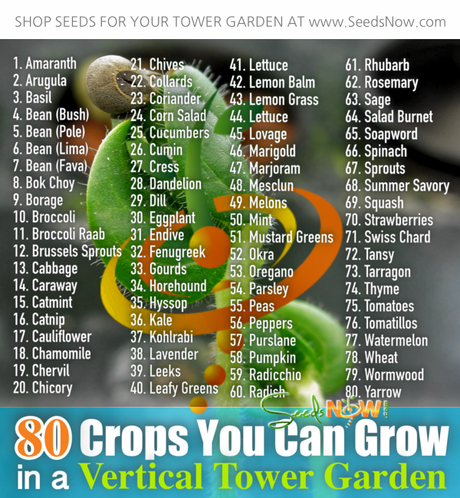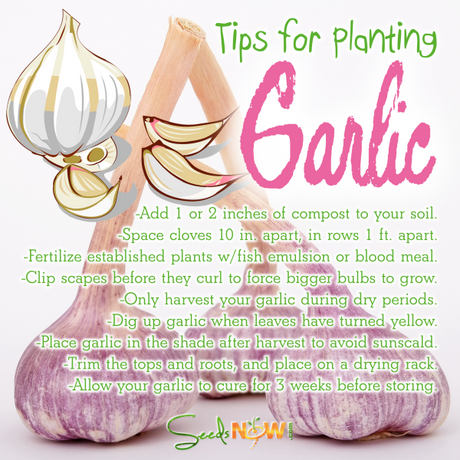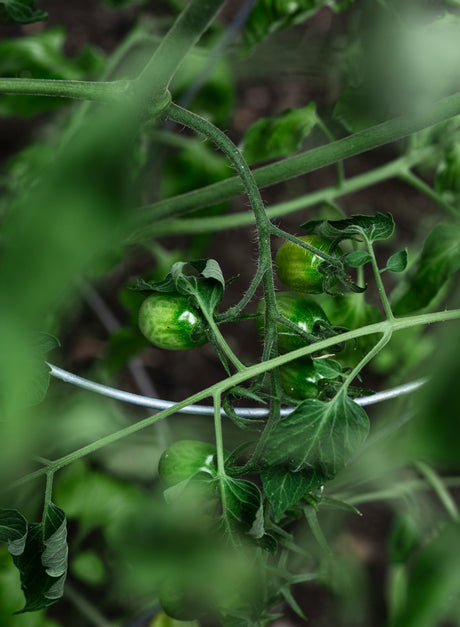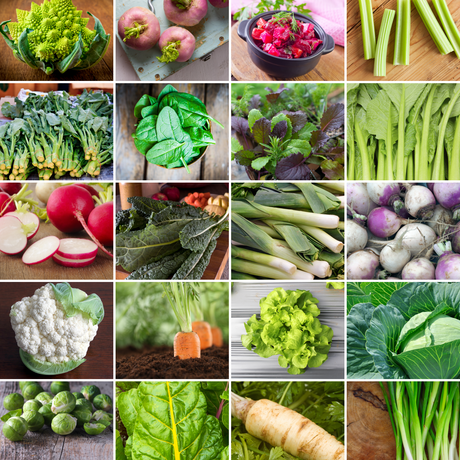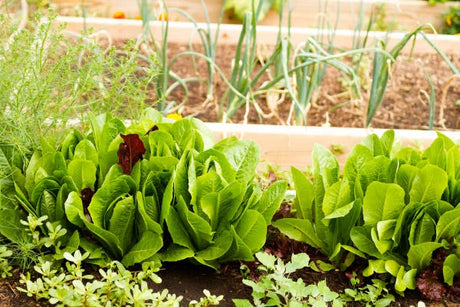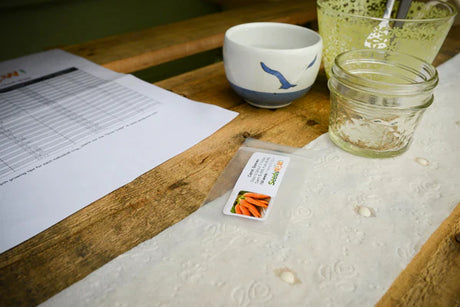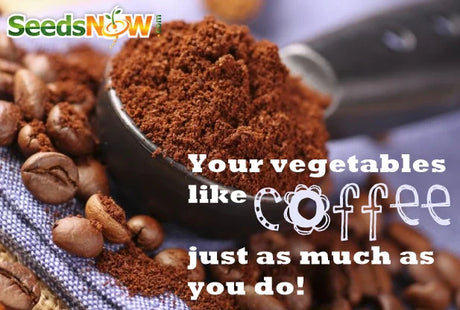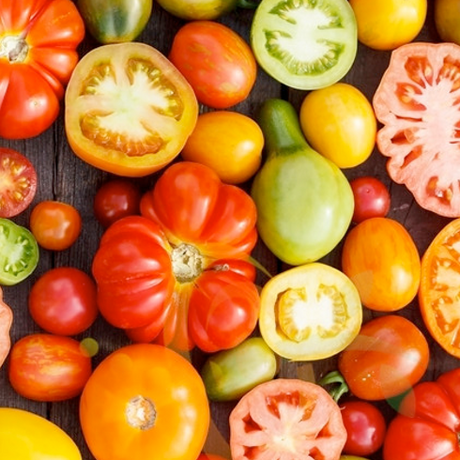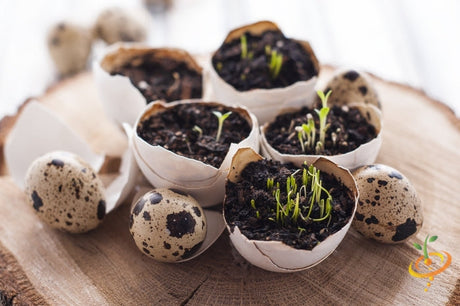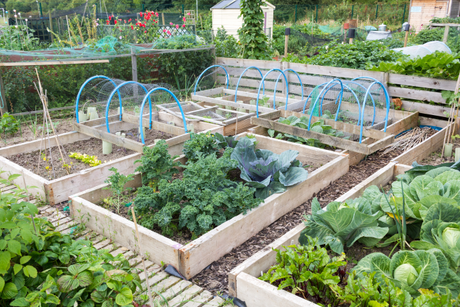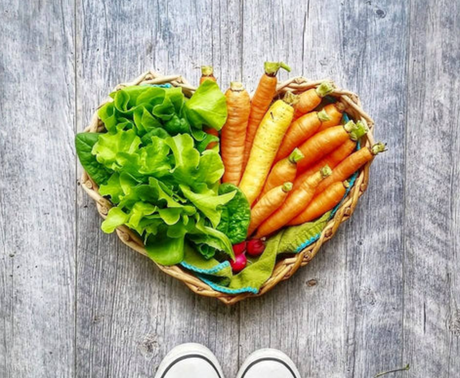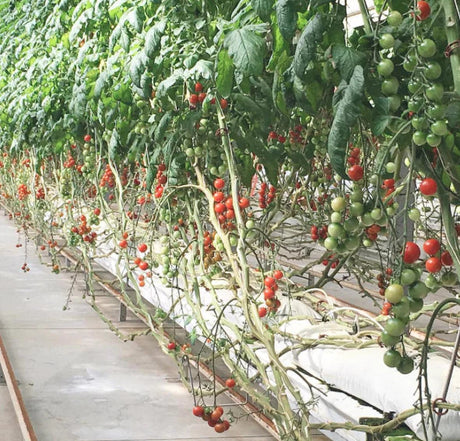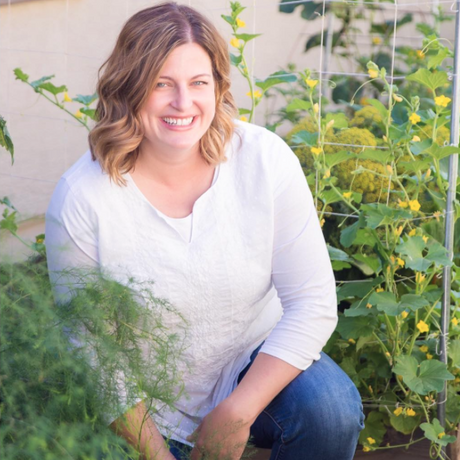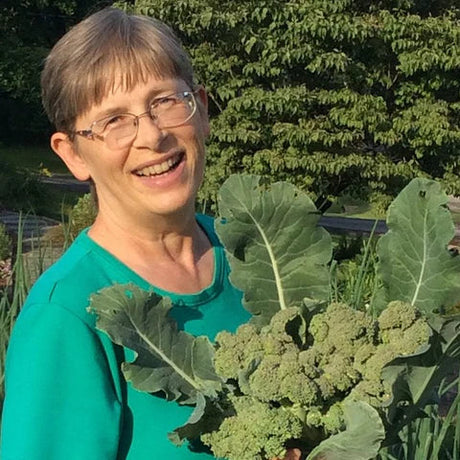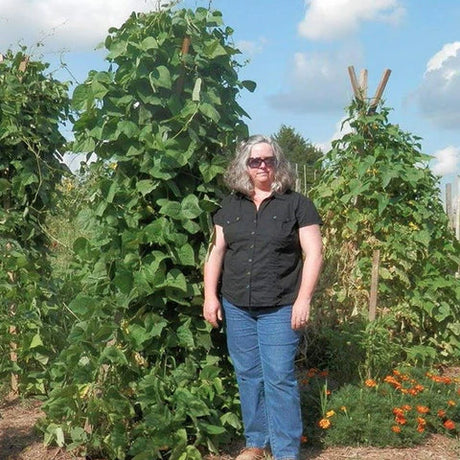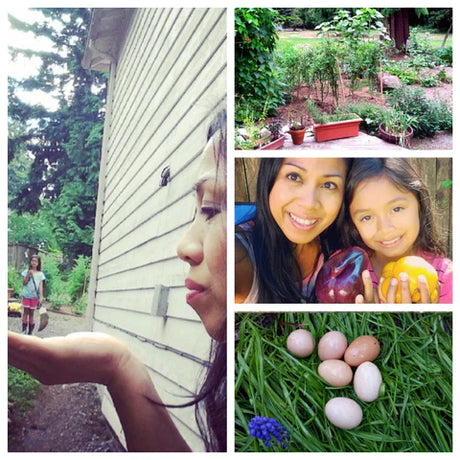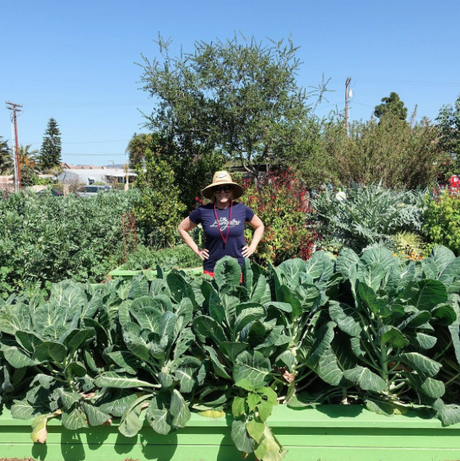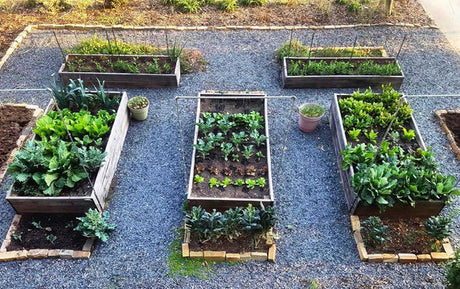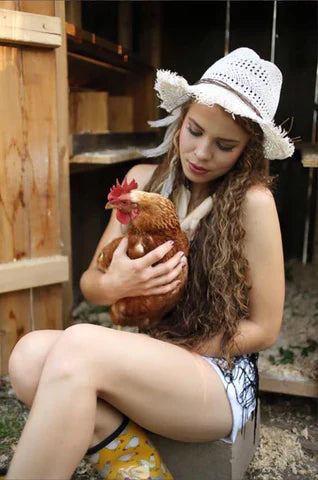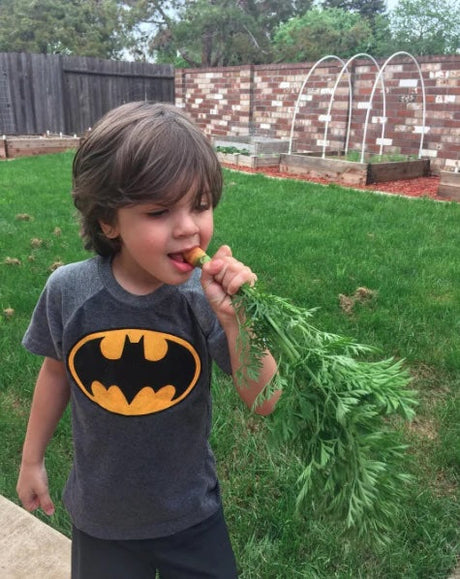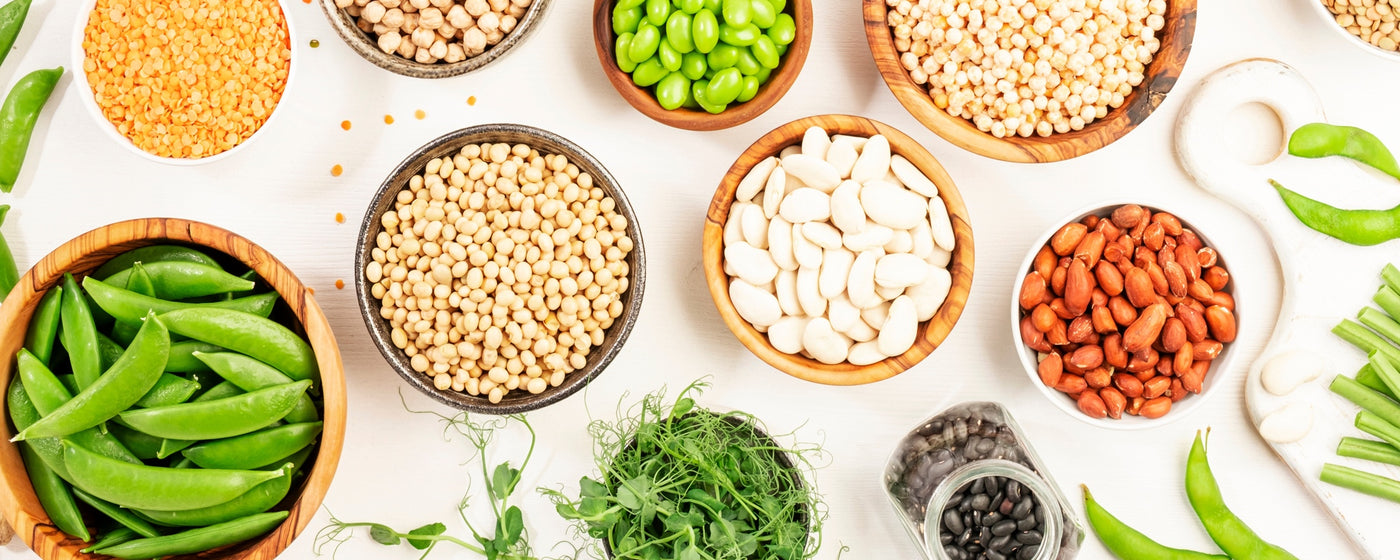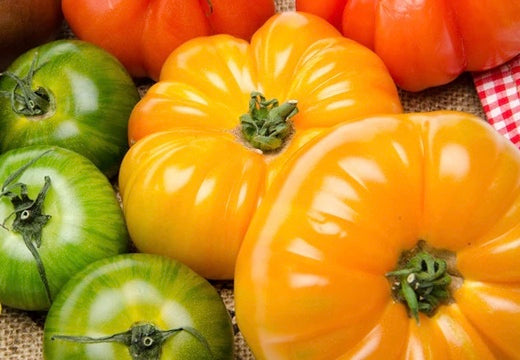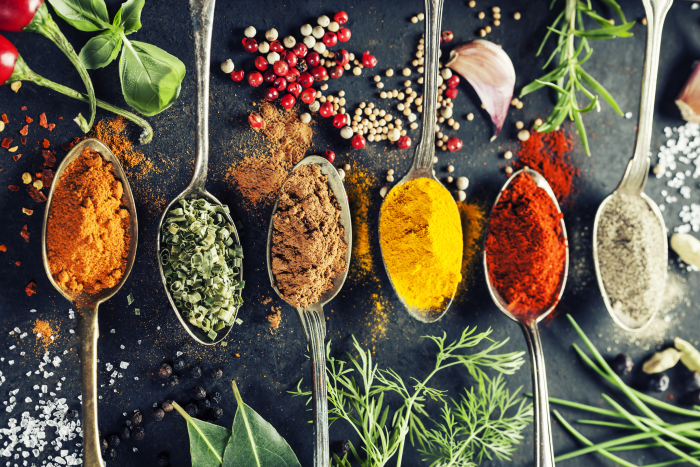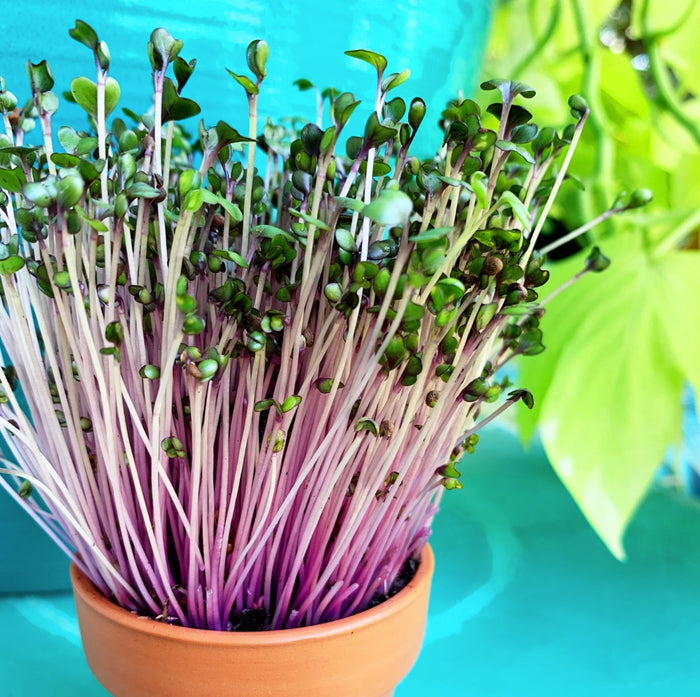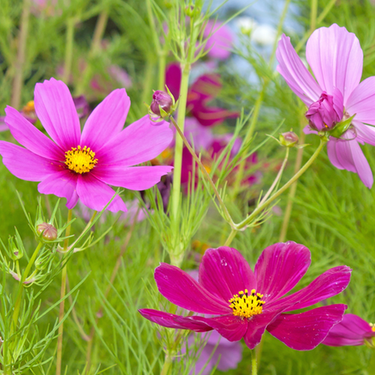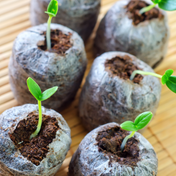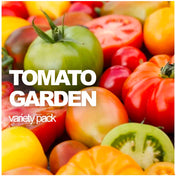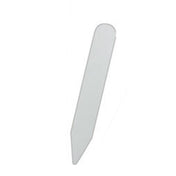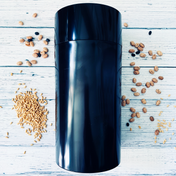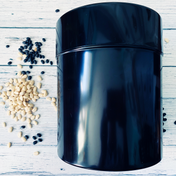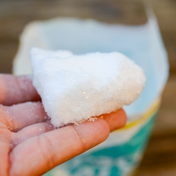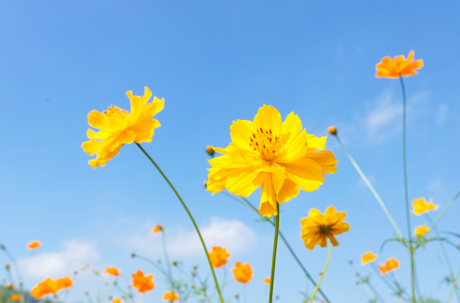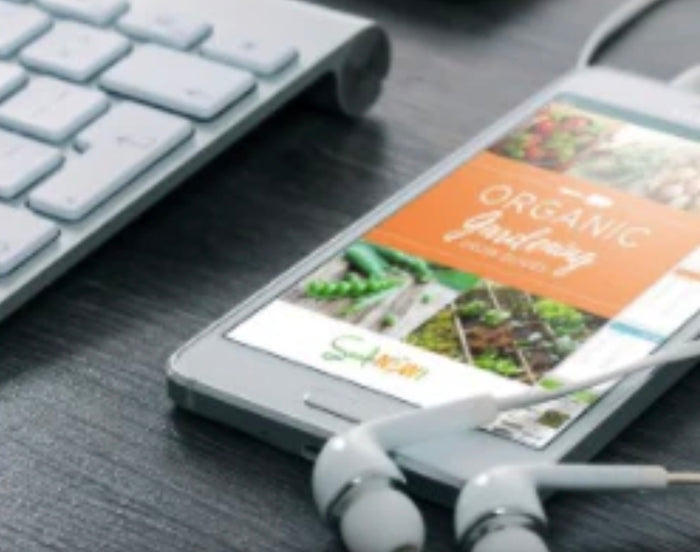
Some plants will grow anywhere, in any soil, but many transplants do best in soils that have been fertilized (read about Using, Buying, and Applying Organic Fertilizers) or otherwise prepared in special ways. Often, this preparation can be done immediately before transplanting, but sometimes it needs to happen a week or more in advance.
For some crops (especially tomatoes, eggplant, and melons) your preparations may include laying plastic mulch.
Types of Transplants
Transplants are of three general types:
- Bare-root transplants are transplants that consist of a green, living top with one or more leaves and a set of exposed roots (no soil). Strawberry plants and onion and leek “sets” are often sold this way. They need to be carefully protected from drying out before you put them in the garden.
- Potted transplants are (surprise!) transplants that are grown in pots of some sort (many commercial nurseries use shallow plastic trays, or flats). Tomatoes, peppers, eggplant, herbs, and many other plants are sold this way (or you can grow them at home). Potted transplants usually have stems, leaves, and roots growing in at least a little bit of soil. They must also be protected from drying out before transplanting.
- Bulbs and bulb-like plant parts are not exactly transplants, but many are planted more like transplants than seeds. Garlic, potatoes, sweet potatoes, Jerusalem artichokes, rhubarb, asparagus, and many flowers are planted similarly. Most (but not all) bulbs can be stored for long periods.
Transplanting without plastic mulch

Transplanting with plastic mulch

← GO BACK TO GROW GUIDES

